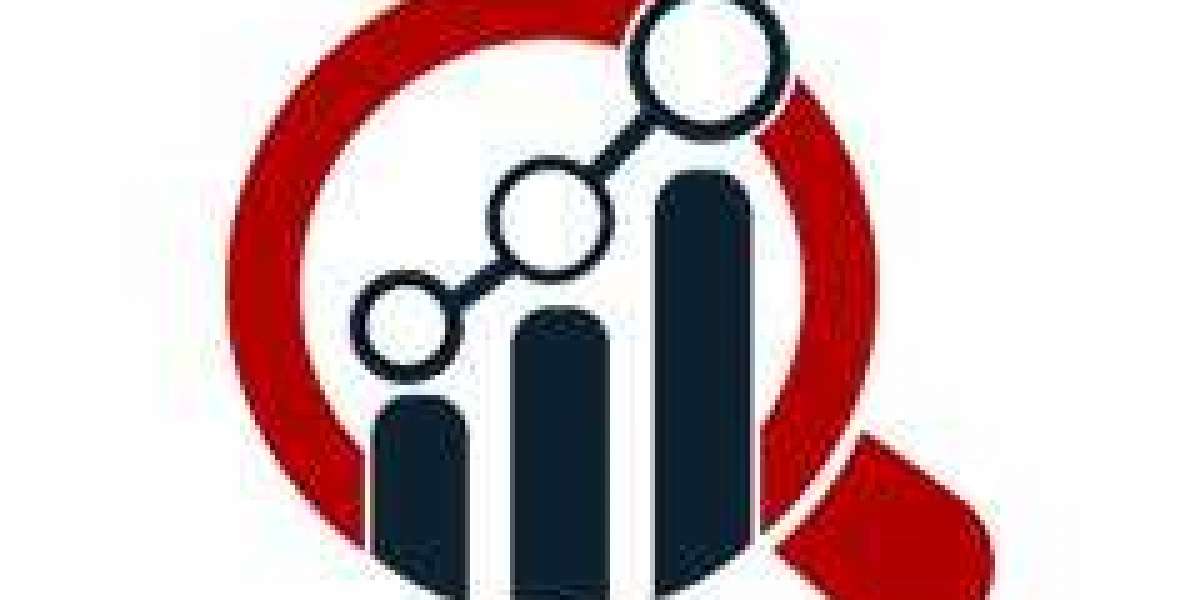Healthcare Equipment Leasing Sector Sees Robust Growth Amidst Rising Costs and Technological Advancements
The healthcare equipment leasing market is experiencing significant expansion, driven by the increasing costs of sophisticated medical devices and a growing preference among healthcare providers for flexible financing solutions.
Key Factors Fueling the Leasing Trend:
- Soaring Equipment Costs: The high price tag associated with cutting-edge medical equipment, including MRI machines, CT scanners, and surgical robots, is making outright purchase less feasible for many healthcare facilities, especially smaller and newer enterprises. Leasing provides a more accessible route to acquiring necessary technology without significant upfront capital expenditure.
- Technological Advancements and Obsolescence: The rapid pace of innovation in the medical field means equipment can become outdated relatively quickly. Leasing allows healthcare providers to regularly upgrade to the latest technology, ensuring they can offer advanced diagnostic and treatment options without being burdened by depreciating assets.
- Focus on Value-Based Care: The shift towards value-based care models is incentivizing healthcare providers to optimize operational efficiency and cost-effectiveness. Leasing aligns with this trend by offering predictable monthly expenses and potentially including maintenance and service agreements.
- Flexibility and Customization: Leasing agreements can be tailored to the specific needs of healthcare facilities, offering options for capital leases (rent-to-own) and operating leases (lower monthly payments with the option to renew, buy, or return at the end of the term).
- Tax Benefits: In many regions, lease payments can be treated as operating expenses, offering potential tax advantages for healthcare organizations.
Emerging Trends in Healthcare Equipment Leasing:
- Increased Demand for Full Leasing: Healthcare providers are increasingly opting for comprehensive leasing solutions that cover not only the equipment but also maintenance, servicing, and even remote monitoring.
- Integration of Remote Equipment Management: With the rise of connected medical devices and IoT, leasing providers are offering solutions that allow healthcare organizations to remotely monitor, maintain, and troubleshoot leased equipment in real-time.
- Growing Popularity of Refurbished Equipment Leasing: While new equipment leasing continues to dominate, the market for certified refurbished medical equipment is also gaining traction, offering a more cost-effective alternative for some healthcare facilities.
- Strategic Partnerships: Collaborations between leasing companies and healthcare equipment manufacturers are becoming more common, streamlining the acquisition process and offering bundled solutions.
Challenges and Opportunities:
While the healthcare equipment leasing market presents numerous benefits, challenges remain. Navigating varying regulatory landscapes, ensuring data security with connected devices, and the potential impact of the growing market for refurbished equipment are factors that industry players must address.
However, the overall outlook for healthcare equipment leasing remains positive. As the demand for advanced medical technology continues to rise and financial constraints persist, leasing will likely play an increasingly vital role in enabling healthcare providers to deliver quality patient care. The trend is particularly pronounced in emerging economies and among small to mid-sized hospitals seeking to expand their services without substantial capital investments.








